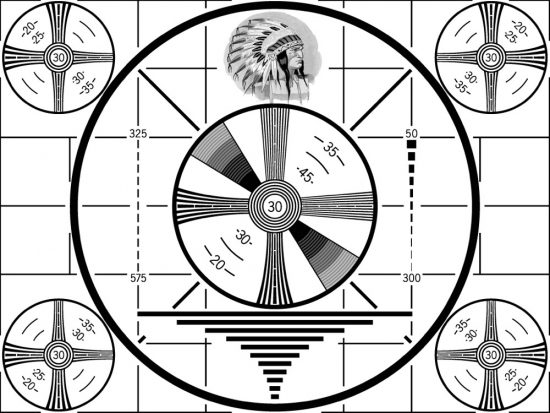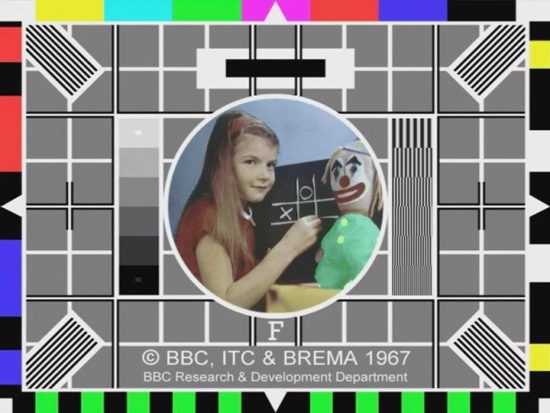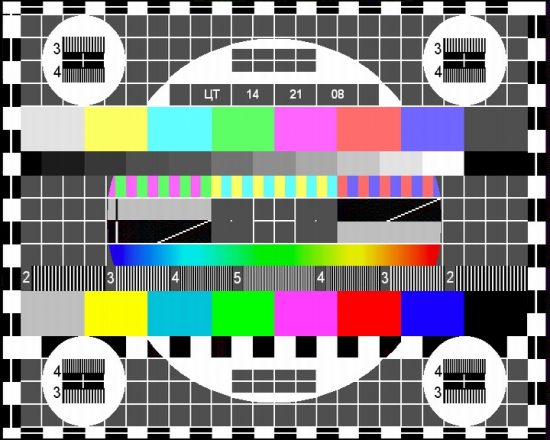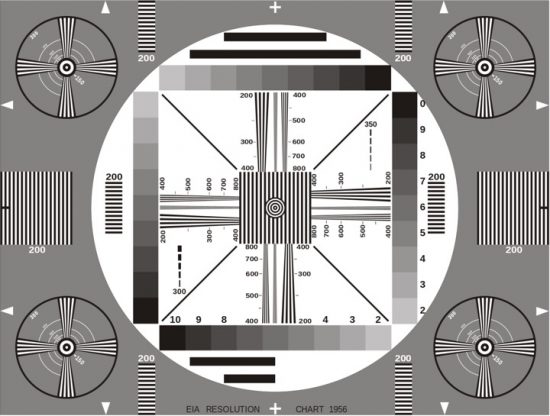Friday Degustation: now gluten free
Suburban Baroque: “It was like panning for gold; I got a lot of dirt.”
You might know David Wadelton as the painter of Australian suburbia, or his ongoing photographic documentation of the Melbourne suburb of Northcote, past and present . His new photo book Suburban Baroque is about to be released and has been given a profile in The Age.
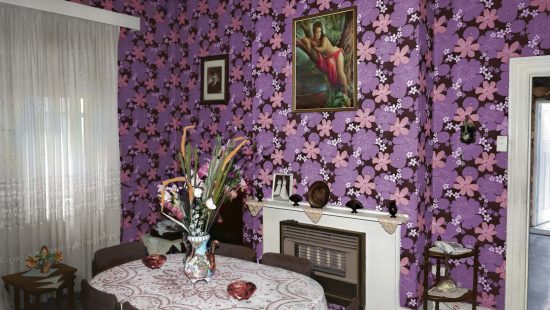
“Mr Wadelton has photographed almost 200 suburban interiors – mostly the former homes of European migrants in Melbourne’s northern suburbs – for his new book Suburban Baroque. He took the photos at open inspections after scanning websites such as domain.com.au, searching for telltale clues on the exterior shots of homes.”
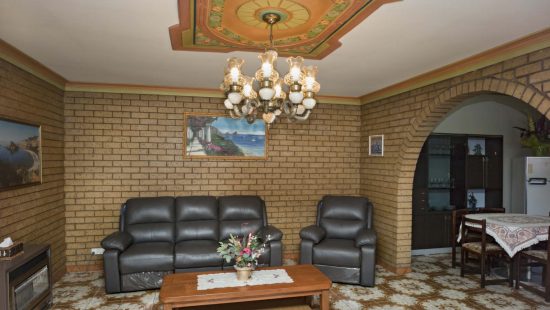
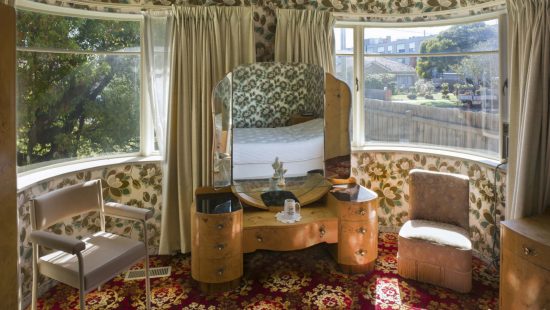
The women who invented collage
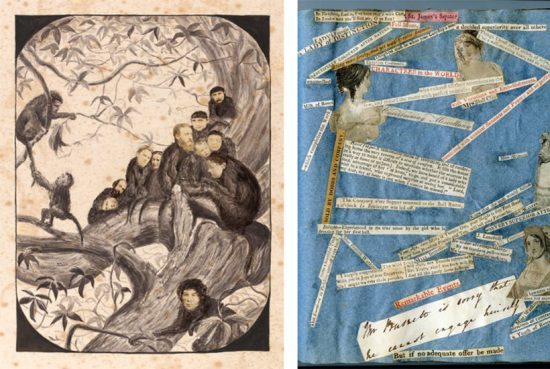
According to a new exhibition just opened at the Scottish National Gallery, the grand narrative of the invention of collage is, surprise, gender biased and chronologically limited. In The Spectator Claudia Massie writes that [>] “…sometime around 1912, Picasso invented collage, or, actually, perhaps it was Braque. What they mean is that sometime around 1912 a man of sufficient standing took up a technique that had been quietly practised in largely domestic spheres by a largely female army of amateurs, and applied it in his own work. Cue the universal astonishment of observers who pretended they had never seen such a thing before. […] So thank heavens that the National Galleries of Scotland’s new exhibition, Cut and Paste: 400 Years of Collage, is here to set the record straight. A sprawling festival of collage, papier collé, découpage, photomontage, photocollage, cut and paste, scrap work, mosaic work — call it what you will — fills both floors of the gallery and effectively resets the chronology. […] By the time the cubists took up scissors to toy with abstract cut-outs and trompe-l’oeil commercial patterns, the potential of collage had been well established by its domestic progenitors. The 20th century just brought the methods to mainstream art, embraced by a new generation of artists who had grown up in cities so plastered with advertising they were ever-evolving, real-life collages.”
Multiple landscapes
Assorted Links
R.I.P Leon Kossoff
Australian artist bound for Perth [>] with plans for tallest mural in southern hemisphere
Melania Trump ‘Smurfette’ sculpture [>] unveiled in Slovenian home town to mixed reviews
Australian Gothic [>] from Hanging Rock to Nick Cave and Kylie, this genre explores our dark side
An analysis of Lars von Trier’s beautiful ‘Melancholia’ – the first episode in a series of videos on the psychology, philosophy, and ecopsychic content of science fiction film [>] Melancholia: Ego & Extinction
Frank Lloyd Wright’s monumental Ennis House [>] hits the market for $23M
The Deep Fake viral hit [>] The Shining, starring Jim Carrey
And finally…
